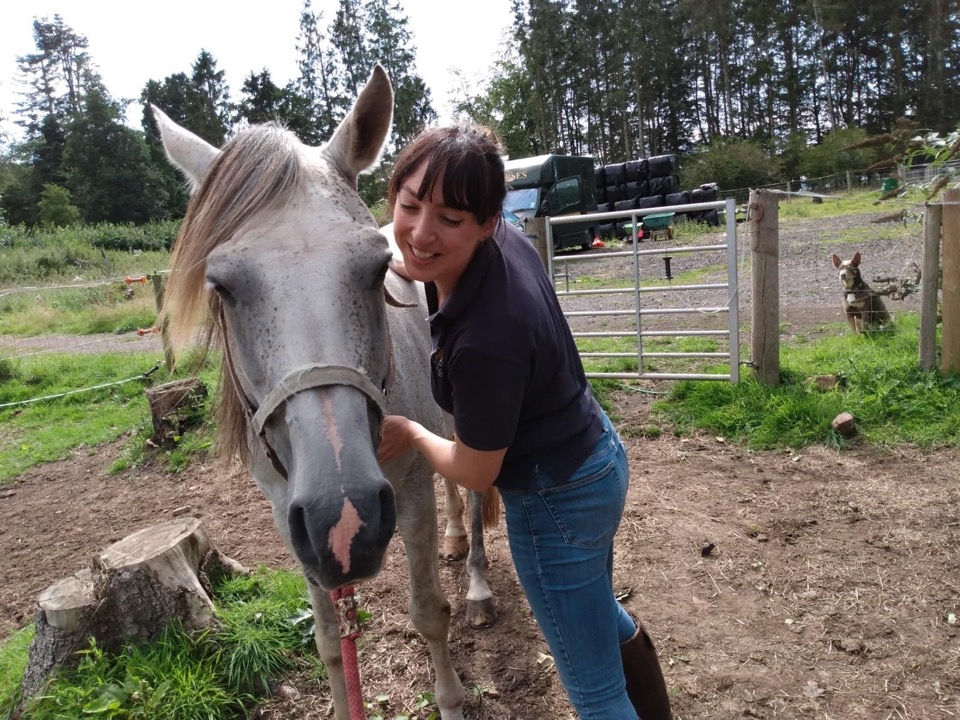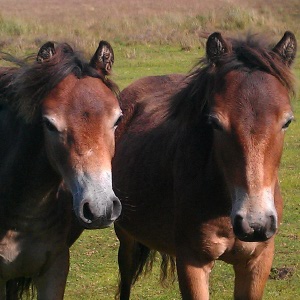How To Help Your Animal's Health With McTimoney Chiropractic
16/05/21 12:53
What is McTimoney Animal Chiropractic and How Does it Work?
My name is Emily Walters BSc (Hons) PGDip Animal Manipulation and Equine Body Worker from McTimoney Animal Therapy. I have been treating horses and dogs for 14 years and I’m lucky to say I have one of the best jobs in the world. It’s the best feeling when an owner brings an animal to me in pain and discomfort knowing that very soon I can
relieve their pain and restore them to their normal selves.
McTimoney is a very gentle form of chiropractic. I use only my hands to treat your animal and most animals readily accept the treatment. I will feel down your animal’s spine and in the hindquarters looking for signs of pain, discomfort, tension and fixated joints. Joints are fixated when they become stuck at an extreme point of their range of movement due to muscle tension, placing pressure on the spinal nerves and creating dysfunction in the part of the body the nerve effects. This can also be called a misalignment or subluxation.
The chiropractic adjustments are high velocity, low amplitude thrusts to very specific anatomical points that encourage the muscles and tendons that support the joint to relax, allowing the joint to return to its full range of motion, restoring functionality and reducing pain and discomfort.
All professional animal therapists require veterinary approval to work on your animal. This is a stipulation of my insurance and membership to my professional body, the McTimoney Animal Association, and a permission form will have to be filled out by your vet.
How Do I Know If My Animal Needs a McTimoney Chiropractic Treatment?
There are several signs you can look out for that will tell you if your animal needs a treatment:
- Change in behaviour
- Drop in performance
- Conformation
- Lameness
- Accident or injury
- Loss of Condition
What to Expect From a McTimoney Chiropractic Treatment
If neither you or your animal have had a McTimoney chiropractic treatment before you might be wondering what to expect. Here are the steps I will:
- Take a full medical history and details of your animal’s current problems on my record card.
- Visually assess your animal, looking at conformation and symmetry.
- Perform a dynamic assessment watching your animal move
- Put my hands on your animal, feeling along the spine looking for fixations, areas of muscle tension, pain and atrophy. I may also perform some neurological tests.
- Start the McTimoney chiropractic treatment.
- Finish with some massage and stretching.
- Give you some detailed aftercare exercises and advice.
- Forward the record card to you so you have details of your animal’s session and aftercare.
What to Expect After a McTimoney Animal Chiropractic Treatment
Your animal will most likely be tired for the rest of the day. I always recommend a few quiet days after a session, so if your horse has had a McTimoney Equine treatment then this is a few days off from being ridden. If your dog has had a McTimoney Canine treatment then this will be quiet lead walks for a couple of days with no playing, jumping or running as much as possible.
It’s important to follow the aftercare I give you as this will help your animal in between sessions.
Your animal will be booked to have a followup session about 10 days later. At this point we will devise a schedule of treatments for the benefit of your animal and then draw up a maintenance schedule. This varies from animal to animal depending on the severity of the problem, how long they have had it, their age and any underlying issues they may have.
If you would like to find out more please contact me on 07983565438 or drop me a message through my website.
About The Author
This is a guest post by Emily Walters McTimoney Animal Therapy and Equine Sports Massage Practitioner
m: 07983 565 438
a: Pershore, Worcestershire, WR10 1JX
w: www.mctimoneyanimaltherapy.co
e: emily@mctimoneyanimaltherapy.co

